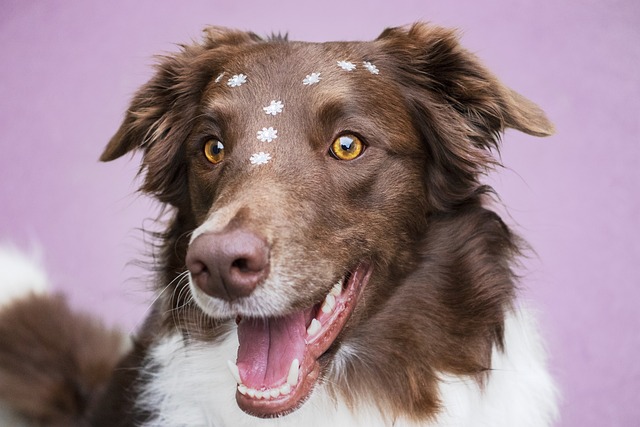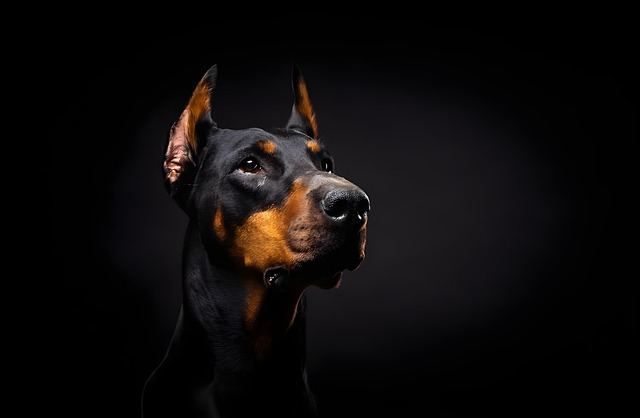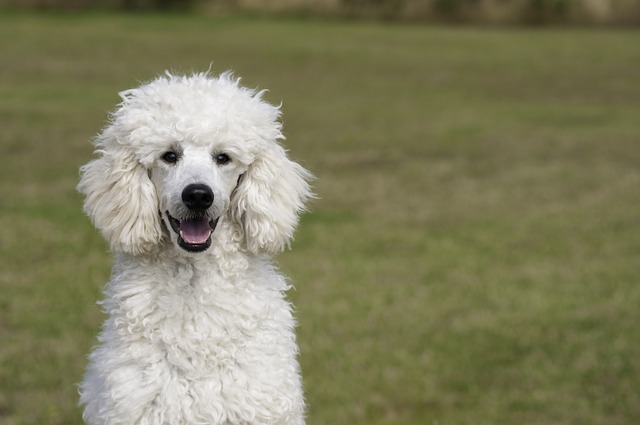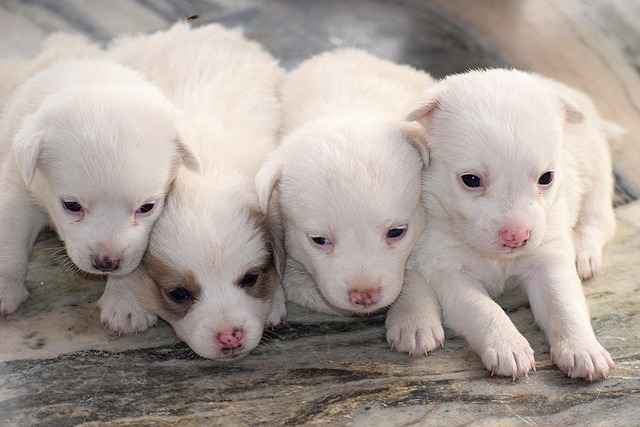
Should I give my dog a dental treat every day
If you’ve ever caught a whiff of your dog’s breath during a snuggle session and winced, you’ve probably considered dental treats as a quick fix. New dog owners
Every responsible dog owner knows that regular nail clipping is essential for their furry companion's health and comfort. Yet, what seems like a straightforward grooming task can quickly turn into a nightmare when done incorrectly. The sound of a dog yelping during nail trimming often signals that something has gone wrong, and unfortunately, many well-intentioned pet parents find themselves in this exact situation. Understanding what happens when a dog's nail is clipped too much isn't just about avoiding immediate discomfort – it's about protecting your pet from a cascade of physical and emotional consequences that can last far longer than you might imagine.
The anatomy of a dog's nail holds the key to understanding why over-clipping causes such distress. Unlike human nails, which are purely dead tissue, dog nails contain a living core called the quick. This pink or dark area houses blood vessels and nerve endings, making it incredibly sensitive. When we talk about dog nail clipping gone wrong, we're usually referring to cutting into this quick, an accident that's unfortunately more common than most people realize.
The moment a nail clipper cuts too deeply, several immediate consequences unfold. First comes the unmistakable sharp pain that causes most dogs to yelp or pull away suddenly. This isn't just mild discomfort – imagine having your fingertip sliced while it's still attached to your hand. The pain is intense and immediate, often causing even the most patient dogs to become fearful of future nail trimming sessions.
Bleeding follows almost instantly when the quick is compromised. The blood flow can range from a few drops to a concerning stream, depending on how deeply the cut penetrated. While this bleeding typically stops within several minutes, it can be alarming for both dog and owner. The metallic smell of blood often adds to the dog's stress, creating negative associations with the grooming process that can persist for months or even years.
Beyond the obvious pain and bleeding, over-clipping dog's nails consequences extend into territory that many pet owners never consider. The wound created by cutting into the quick becomes a potential entry point for bacteria and other pathogens. Dogs walk on various surfaces throughout their day – from sidewalks tracked with urban debris to backyard soil rich with microorganisms. An open wound on a paw pad or nail area faces constant exposure to these potential contaminants.
Infection risk becomes particularly concerning when you consider that dogs can't simply avoid using their paws while healing. Unlike a cut on their side or back, nail injuries must bear weight and navigate daily activities. This constant use can prevent proper healing and increase the likelihood of bacterial invasion. Signs of infection include persistent swelling, unusual warmth around the nail bed, discharge with an unpleasant odor, and continued sensitivity days after the initial injury.
The long-term effects of over-clipping dog nails can manifest in ways that surprise even experienced veterinarians. Repeated trauma to the nail bed can lead to permanent changes in nail growth patterns. Some dogs develop nails that grow at unusual angles, making future trimming more challenging and potentially painful. Others experience chronic nail splitting or breaking, creating ongoing discomfort and repeated injury cycles.
Perhaps most concerning are the biomechanical changes that can result from chronic nail problems. Dogs naturally adjust their gait to avoid pain, and persistent nail discomfort can lead to subtle but significant changes in how they walk. These compensatory movements can stress joints, muscles, and ligaments in ways that weren't intended by nature. Over time, what began as a simple nail trimming accident can contribute to arthritis, muscle strain, and other orthopedic issues.
The psychological impact of traumatic nail clipping experiences often proves more challenging to address than the physical wounds. Dogs have remarkable memories when it comes to painful experiences, and a single severe over-clipping incident can create lasting anxiety around grooming activities. This behavioral change doesn't just affect nail care – many dogs begin to fear all grooming tools, from brushes to nail files.
Observing a dog who's developed nail-clipping anxiety reveals the depth of their distress. They might begin showing stress signals the moment they see nail clippers, even from across the room. Panting, pacing, hiding, or trying to escape become common responses. Some dogs develop such severe anxiety that they require sedation for basic nail care, turning a simple maintenance task into a complex medical procedure.
The behavioral changes extend beyond grooming sessions. Dogs experiencing chronic nail discomfort may become less active, avoiding activities they once enjoyed. A dog who previously loved long walks might begin showing reluctance or stopping frequently to lick their paws. This reduced activity level can contribute to weight gain, muscle atrophy, and decreased cardiovascular fitness – creating a cycle where the dog's overall health deteriorates due to what began as a nail care mistake.
Preventing these complications requires understanding proper dog nail care tips that go far beyond simply knowing where to cut. The most crucial skill involves identifying the quick before making any cuts. In dogs with light-colored nails, the pink quick is usually visible through the translucent nail material. However, dogs with dark nails present a greater challenge, requiring careful attention to subtle changes in nail texture and the dog's body language.
Professional groomers and veterinarians often recommend the "little and often" approach to how to avoid cutting dog nails too short. Rather than attempting to trim large amounts of nail in single sessions, frequent small trims allow you to gradually reduce nail length while maintaining a safe distance from the quick. This method also helps dogs become accustomed to the process, reducing anxiety over time.
The tools you choose for nail trimming can significantly impact your success rate. High-quality nail clippers designed specifically for your dog's size provide cleaner cuts with less pressure required. Dull or inappropriate tools can crush rather than cut the nail, increasing discomfort even when you avoid the quick. Many professionals also recommend having styptic powder on hand before beginning any nail trimming session, providing immediate treatment if bleeding occurs.
Understanding your dog's body language during nail trimming sessions provides valuable feedback about your technique and their comfort level. Signs of stress include excessive panting, trembling, attempting to pull away, or freezing in place. Recognizing these signals early allows you to pause, reassess your approach, and potentially prevent over-clipping incidents.
Even with the best preparation and technique, accidents can happen. Knowing when to seek veterinary help can mean the difference between a minor setback and a serious complication. Immediate veterinary attention becomes necessary when bleeding doesn't stop within ten to fifteen minutes, when you notice signs of infection developing, or when your dog shows extreme pain or behavioral changes lasting more than a day or two.
Veterinarians possess specialized knowledge about wound care, pain management, and infection prevention that can dramatically improve outcomes following nail injuries. They can also provide valuable guidance about modifying your nail care routine to prevent future incidents. Some veterinary practices offer nail trimming services or can recommend professional groomers experienced in handling anxious dogs.
Professional intervention becomes particularly important when dealing with dogs who've developed severe anxiety around nail care. Veterinary behaviorists can develop comprehensive treatment plans that might include desensitization training, anti-anxiety medications, or alternative nail management strategies. These professionals understand that addressing the psychological aspects of nail trauma often requires as much attention as treating the physical injuries.
The journey back to comfortable nail care after over-clipping incidents requires patience, consistency, and often professional guidance. Recovery involves both physical healing and emotional rehabilitation, processes that can't be rushed without risking setbacks. Many dog owners find that rebuilding their pet's trust around grooming activities takes significantly longer than healing the original injury.
Success in this recovery process often depends on creating positive associations with nail care equipment and procedures. This might involve leaving nail clippers out where your dog can investigate them without pressure, offering treats near grooming tools, or simply handling your dog's paws gently during non-grooming times. Professional trainers specializing in grooming anxiety can provide structured programs that gradually rebuild your dog's confidence.
Looking at the bigger picture, understanding what happens if a dog's nail is clipped too much reveals the interconnected nature of pet care. What appears to be a simple grooming mistake can ripple through multiple aspects of your dog's physical and emotional well-being. This reality underscores the importance of approaching nail care with the same seriousness we'd apply to any other aspect of veterinary care.
The responsibility of proper nail maintenance extends beyond avoiding immediate injury. It encompasses understanding your individual dog's needs, recognizing their stress signals, and knowing when to seek professional help. Some dogs require more frequent nail care due to their activity levels or nail growth rates, while others need special handling due to age, arthritis, or previous traumatic experiences.
Ultimately, ensuring your dog's comfort and health through mindful nail clipping practices represents a fundamental aspect of responsible pet ownership. The consequences of over-clipping serve as a reminder that even routine care requires attention, preparation, and respect for our pets' physical and emotional well-being. By understanding these risks and implementing preventive strategies, we can maintain our dogs' nail health while preserving the trust and comfort that make grooming a positive experience for everyone involved.

If you’ve ever caught a whiff of your dog’s breath during a snuggle session and winced, you’ve probably considered dental treats as a quick fix. New dog owners

If you've ever seen your energetic pup looking listless, with dry gums and sunken eyes, you might be dealing with a dehydrated dog. For new dog owners in the US

Can I feed my dog homemade dog food every day? It’s a question many new dog owners in the US ponder, especially after watching their pup turn up their nose at kibble.

Watching your pup struggle to jump on the couch or slow down during walks can break your heart, especially when you know arthritis might be the culprit.

Teddy dogs are like little balls of joy, trotting around our homes and stealing our hearts with every wag of their tails. But just like us, these adorable pups can experience tummy troubles.

You’ve just returned from your morning walk through Portland’s Forest Park when you notice your Labrador, Charlie, pawing desperately at his watery eyes.